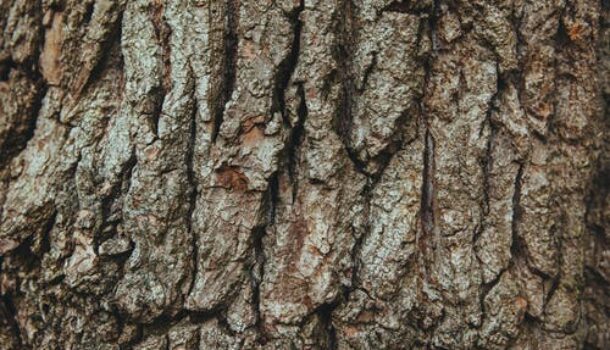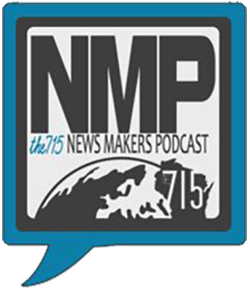The Wisconsin Department of Agriculture, Trade and Consumer Protection (DATCP), in cooperation with the United States Forest Service, will begin mating disruptor treatments for spongy moth (Lymantria dispar) this month in seven western Wisconsin counties as a part of the national Slow the Spread program. Residents in the affected areas can expect loud, low-flying planes as early as sunrise on select mornings.

During its caterpillar stage, spongy moth can defoliate many kinds of trees and shrubs, leading to plant stress and potential mortality. Possible financial impacts of this invasive plant pest can include the removal of nuisance caterpillars or dead trees, and loss of property value in defoliated areas. In addition, spongy moth caterpillars shed their skin often, and these bristly skins can irritate the eyes, skin, and respiratory system of humans.
“Spongy moth spreads easily through movement of egg masses and larvae on firewood, vehicles, and outdoor objects, especially during population outbreaks like those we’ve seen across central and eastern Wisconsin over the last couple of years,” said Michael Falk, Forest Pest Survey and Control Unit Supervisor at DATCP. “Our 2025 treatment plan aims to prevent newly established populations from gaining a foothold in uninfested regions of western Wisconsin, which reduces future negative impact to our timber, nursery, and tourism industries.”
In June and July, small yellow planes will fly low to apply spongy moth pheromone, or mating disruptor, to treetops in select areas in Barron, Buffalo, Dunn, Grant, Lafayette, Polk, and St. Croix counties. Rather than killing moths, mating disruptor releases a female spongy moth pheromone that makes it difficult for male moths to find females, thereby preventing reproduction. The treatments are organic, biodegradable, and are not harmful to people, bees, pets, or other animals.
Treatment timing depends on spongy moth development and favorable weather conditions, so exact treatment dates cannot be predicted far in advance. On treatment days, planes begin spraying as early as sunrise, flying just above treetops over treatment sites. Aerial applications continue until they are complete or as long as weather conditions remain favorable.


